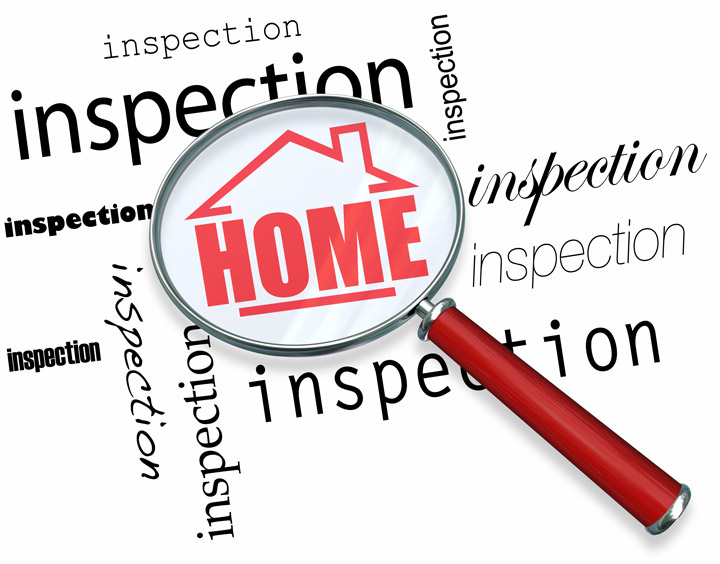
What Are the Parts of an Appraisal?Buying real estate is the most important financial decision some of us could ever make. It doesn't matter if where you raise your family, a seasonal vacation property or a rental fixer upper, purchasing real property is a detailed transaction that requires multiple people working in concert to make it all happen. It's likely you are familiar with the parties having a role in the transaction. The real estate agent is the most recognizable entity in the exchange. Next, the mortgage company provides the money needed to fund the deal. And the title company makes sure that all aspects of the sale are completed and that a clear title passes from the seller to the buyer. So, what party is responsible for making sure the value of the real estate is in line with the purchase price? This is where you meet the appraiser. We provide an unbiased estimate of what a buyer might expect to pay — or a seller receive — for a property, where both buyer and seller are informed parties. A licensed, certified, professional appraiser from Joseph Mier & Associates will ensure, you as an interested party, are informed. Appraisals start with the inspectionOur first duty at Joseph Mier & Associates is to inspect the property to ascertain its true status. We must actually see features, such as the number of bedrooms and bathrooms, the location, living areas, etc, to ensure they truly exist and are in the condition a reasonable person would expect them to be. The inspection often includes a sketch of the house, ensuring the square footage is accurate and conveying the layout of the property. Most importantly, the appraiser identifies any obvious features - or defects - that would affect the value of the house. Once the site has been inspected, an appraiser uses two or three approaches to determining the value of real property: a sales comparison, a replacement cost calculation, and an income approach when rental properties are prevalent. 
Cost ApproachThis is where the appraiser gathers information on local building costs, labor rates and other factors to figure out how much it would cost to build a property nearly identical to the one being appraised. This value often sets the upper limit on what a property would sell for. The cost approach is also the least used method. 
Analyzing Comparable SalesAppraisers get to know the subdivisions in which they work. They innately understand the value of particular features to the homeowners of that area. Then, the appraiser researches recent sales in the area and finds properties which are 'comparable' to the home at hand. By assigning a dollar value to certain items such as square footage, extra bathrooms, hardwood floors, fireplaces or view lots (just to name a few), we adjust the comparable properties so that they more accurately portray the features of subject.
An opinion of what the subject could sell for can only be determined once all differences between the comps and the subject have been evaluated. At Joseph Mier & Associates, we are experts when it comes to knowing the value of particular items in Hammond and Tangipahoa County neighborhoods. The sales comparison approach to value is usually awarded the most weight when an appraisal is for a home exchange. Valuation Using the Income ApproachIn the case of income producing properties - rental houses for example - the appraiser may use an additional approach to value. In this case, the amount of revenue the property produces is taken into consideration along with other rents in the area for comparable properties to derive the current value. The Bottom LineExamining the data from all approaches, the appraiser is then ready to document an estimated market value for the subject property. The estimate of value on the appraisal report is not necessarily what's being paid for the property even though it is likely the best indication of a property's valuePrices can always be driven up or down by extenuating circumstances like the motivation or urgency of a seller or 'bidding wars'. Regardless, the appraised value is typically employed as a guideline for lenders who don't want to loan a buyer more money than they could recover in case they had to sell the property again. It all comes down to this, an appraiser from Joseph Mier & Associates will guarantee you get the most fair and balanced property value, so you can make profitable real estate decisions. |